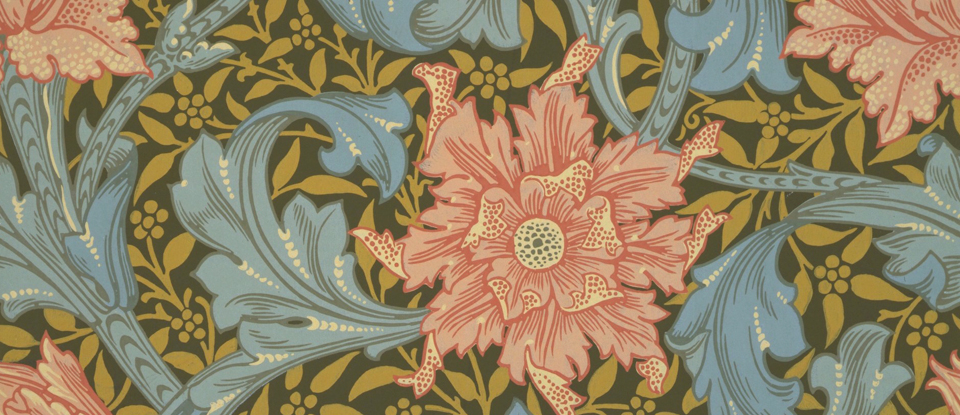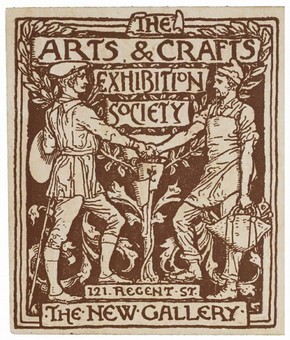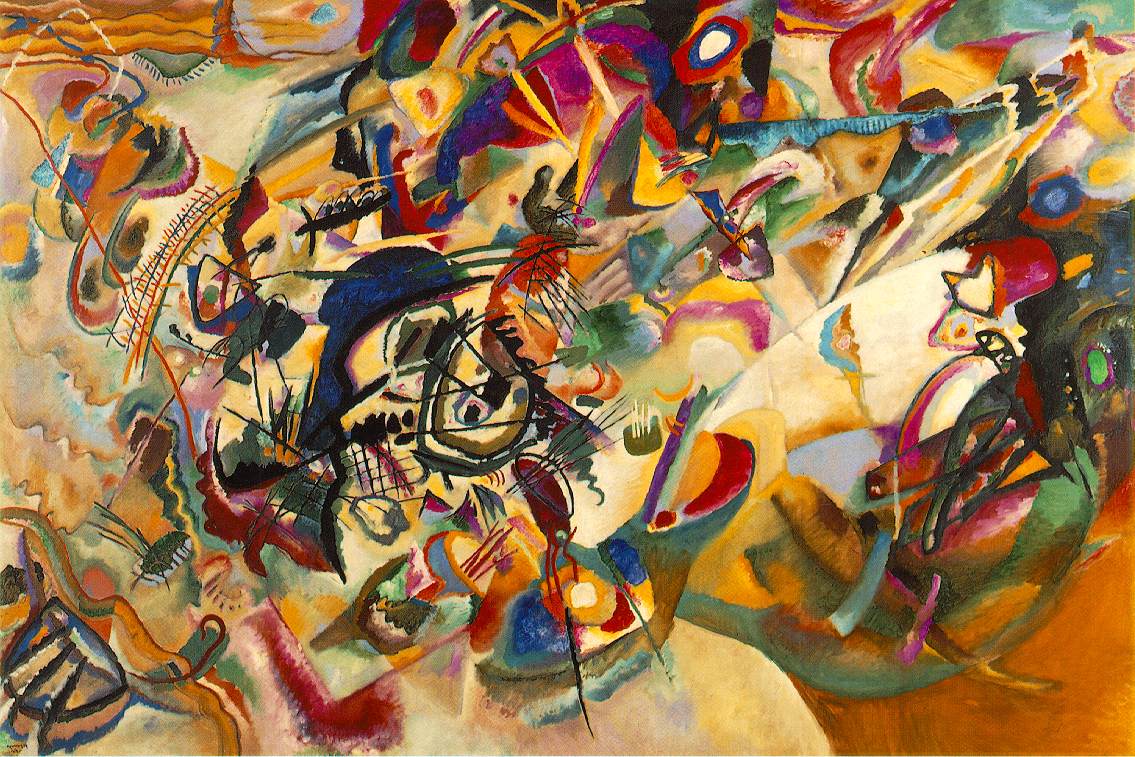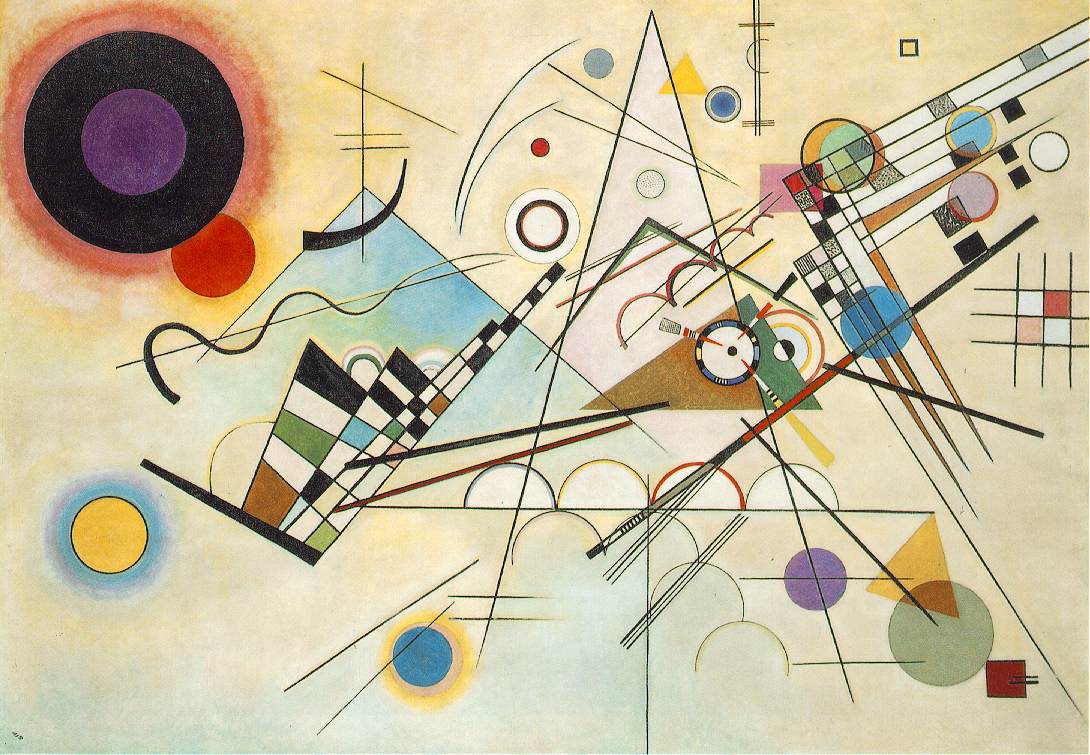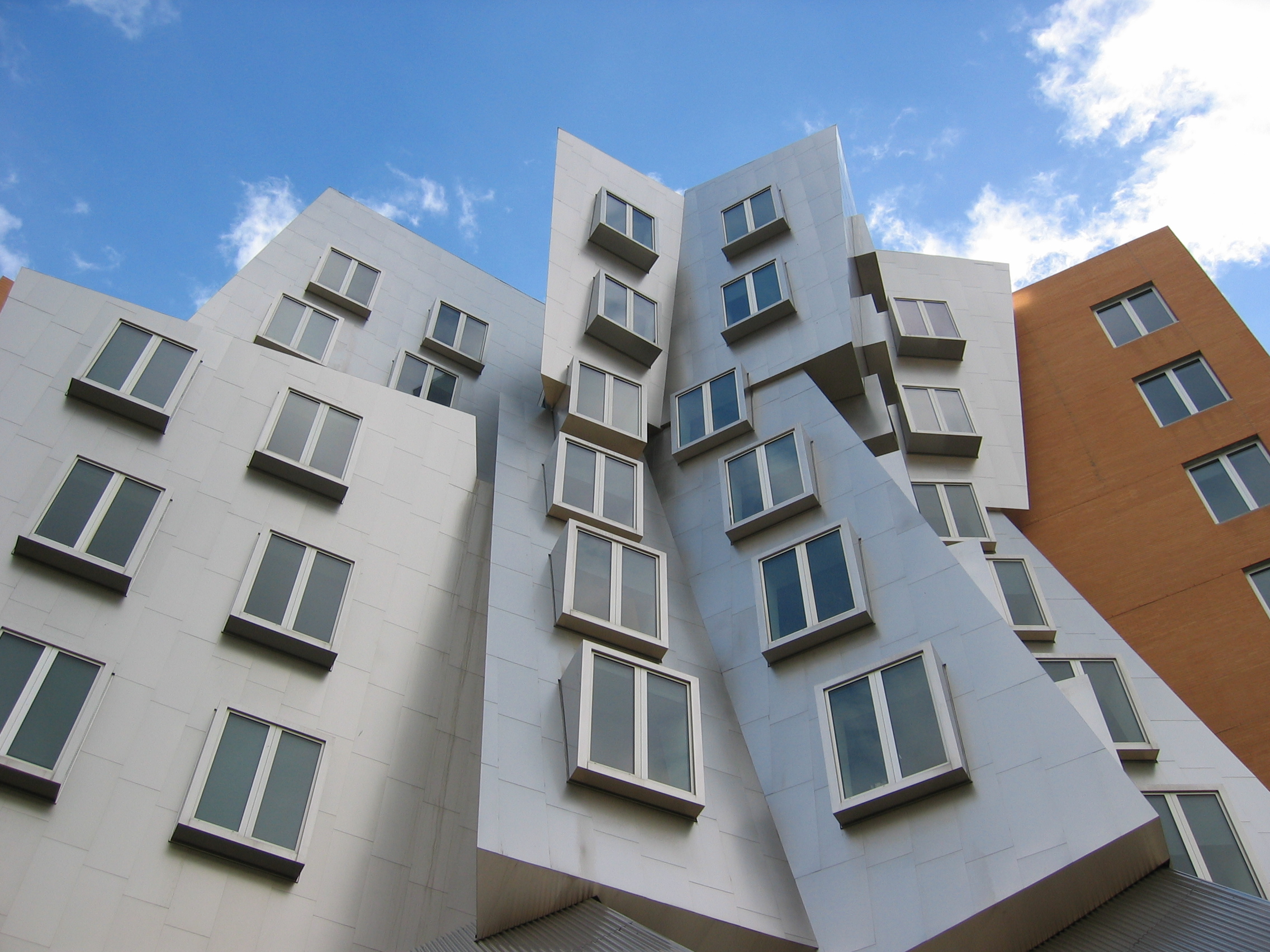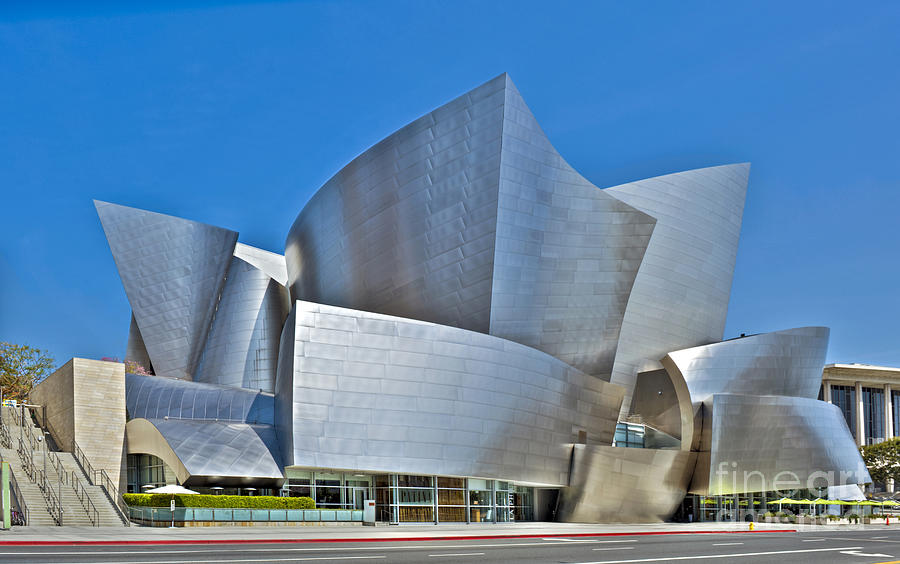 Wassily Kandinsky
Wassily Kandinsky was a Russian painter and art theorist who was born on December 16, 1866 but sadly died on died on December 13, 1944. Kandinsky is most well known for his paintings being seen as the most pure form of abstract paintings.
Wassily Kandinsky
Wassily Kandinsky was a Russian painter and art theorist who was born on December 16, 1866 but sadly died on died on December 13, 1944. Kandinsky is most well known for his paintings being seen as the most pure form of abstract paintings.
Kandinsky originally studied law ad was very accomplished within his profession but the decided to begin painting studies at the age of 30. Whilst Kandinsky was still alive, he taught at the Bauhaus school of arts and architecture until it was closed down by the Nazis.
Kandinsky is said to have been the founder of the avant-garde group called 'The Blue Rider' and this was after a successful exhibition of his avant-garde work.
Examples of Kandisnky's work:
Kandisnky said, "Colour is the keyboard, the eyes are the harmonies, the soul is the piano with many strings. The artist is the hand that plays, touching one key or another, to cause vibrations in the soul", this is probably due to the fact that he was a very spiritual person and also he was a skillful musician.
Kandinsky's believed that every colour had an inner voice and a meaning, this explains why he claimed that using colour was a valid art form in itself and that it did not need to be used to define recognisable forms and objects. His works which consist of streaks and blobs of colours were painted using a palette knife and made them "sing" with intensity.
In my opinion, Kandinsky's work is very free and you can tell that he is trying to express himself in his painting and his paintings are an expression of his music and this is very obvious as many of his paintings don't take a single form. I personally think that many of his paintings seem animated and when I stare long enough at his paintings, its like I can see them moving although they obviously are not. Although many of the figures seem to be all over the place to the untrained eye, artists and anyone who appreciates art can clearly see that they have been placed in a specific manor, so that no form overshadows or stands out more than the other.
My work influenced by Kandinsky:

This is my piece which was influenced by Knadinsky;'s style of painting, I tried to interpret the music I was listening to which was "Faneto" by Chief Keef and this was a very aggressive song, it was rap, and the way I painted this piece was in a way that it showed what I saw in my head when I listened to the song. Violence, death and destruction are represented by the gun, drugs, mushroom cloud, and decaying bear which can be seen clearly within the piece. Although Kandinsky didn't show any form within his work, I tried to do so but it failed as the things I have listed are clearly seen but I tried to make up for it with the other shapes and forms which have clearly been influenced by Kandinsky. The only colour scheme I was sure about was the background, I made it green due to the fact that I wanted it to contradict with what I was going to paint as what I was going to paint would be violent and the green background was suppose to represent tranquility. I personally want who ever sees my painting to have their own interpretation about what my work means because I believe in everyone having their own opinion and I would like to know what others would think of my work or what it would mean to them. As I finished with the painting, I was satisfied with how it turned out because it turned out how I envisioned it. If I was to do this task again, I would try to pay more attention to how I blended colours because I'm not exactly great at painting but I would try to improve on how the colours transitioned into each other.


